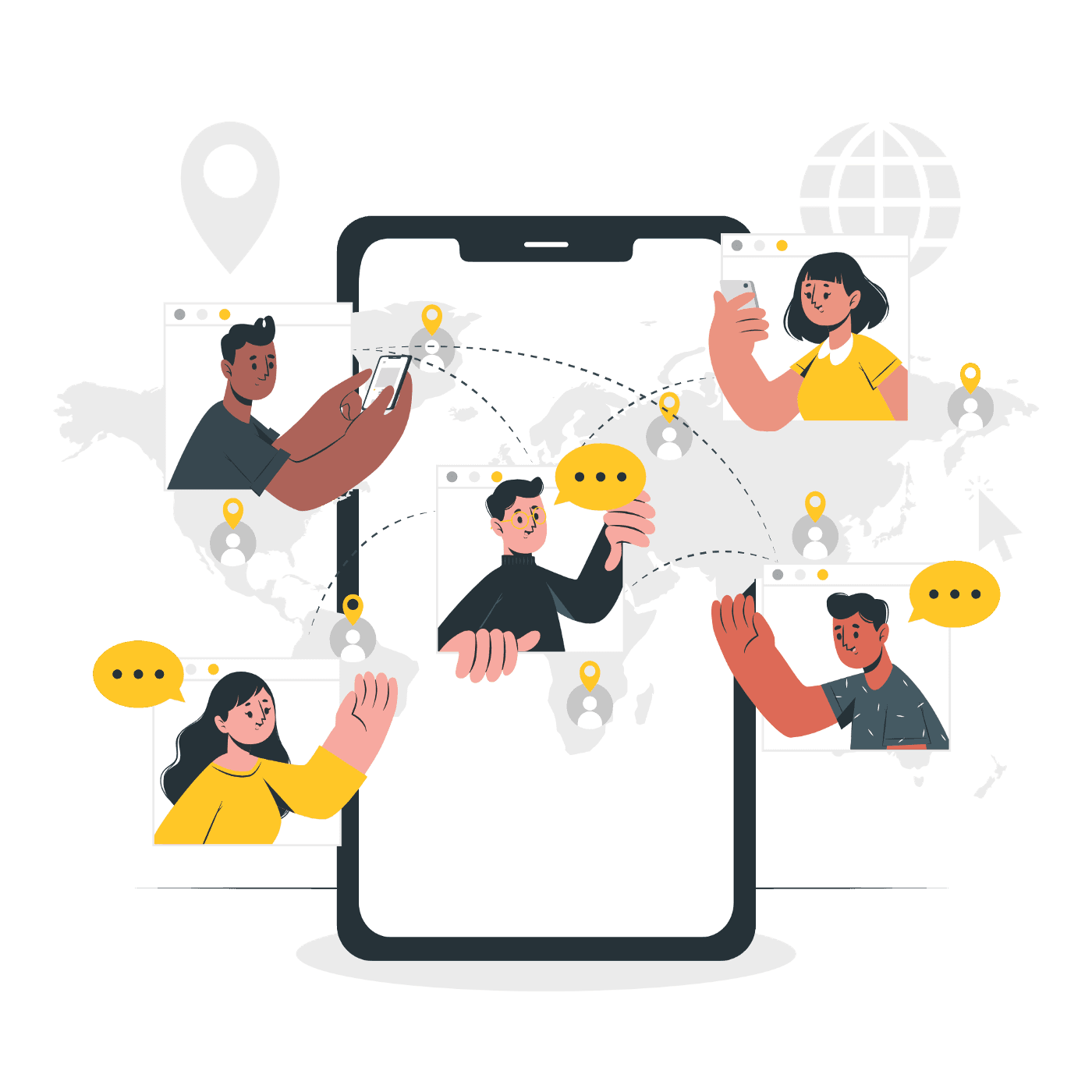Aug 11, 2021
Innovation
Design
Accessibility
Next billion users
Tech
Building Digital Products For the Next Billion Internet Users

If you enjoyed this post, you might also like:
Aug 11, 2021
Innovation
Design
Accessibility
Next billion users
Tech

If you enjoyed this post, you might also like: